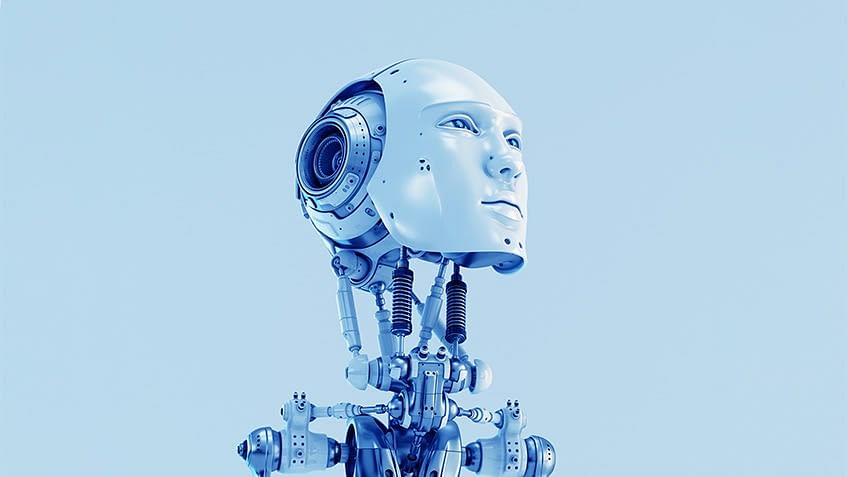Blitz News Digest
Stay updated with the latest trends and insights.
AI or Not AI: That is the Question
Explore the intriguing debate of AI vs. human creativity. Discover which is shaping our future—take the plunge and join the conversation!
Understanding the Differences: Human Creativity vs. AI Generated Content
Understanding the Differences between Human Creativity and AI Generated Content is crucial in today's digital landscape. Human creativity is often described as a richly textured process, drawing from personal experiences, emotions, and cultural influences. This uniqueness results in content that resonates deeply with readers, as it reflects authenticity and emotional depth. For example, a writer might craft a narrative that invokes nostalgia by weaving in personal anecdotes, making the content relatable and engaging.
On the other hand, AI-generated content is typically produced through algorithms that analyze vast amounts of data to mimic human writing styles. While AI can create grammatically correct and structured content quickly, it often lacks the nuanced understanding and emotional resonance that characterizes human creativity. This difference becomes particularly evident in fields like storytelling or poetry, where the soul of the content lies in emotional expression rather than just conveying information. As a result, while AI can support content creation, it cannot replicate the genuine touch that human writers bring to their work.

Is Your Favorite Artwork Truly AI-Generated or Human-Crafted?
In today’s rapidly evolving digital landscape, the line between AI-generated artworks and those created by human hands is becoming increasingly blurred. Technologies like deep learning and neural networks have empowered machines to produce stunning visual pieces that can rival traditional art. However, discerning whether a piece of art is crafted by a human or an algorithm requires a keen eye for detail. Consider the nuances of style, emotional depth, and the artist's intent. While AI can mimic patterns and styles, it often lacks the rich context and personal connection that comes from human experience.
To help navigate this complex terrain, here are a few questions to ask when evaluating a piece of artwork:
- What is the source? Research the origin of the artwork to see if it's attributed to a human artist or an AI platform.
- How does it make you feel? Human-created art tends to evoke a range of emotions, which can sometimes be absent in AI-generated pieces.
- What techniques were used? Understanding the techniques involved can provide insight into whether the art was produced by a human or machine.
Ultimately, as technology advances, the appreciation for both AI-generated and human-crafted artworks will continue to evolve, challenging our understanding of creativity itself.
The Impact of AI on Daily Life: Convenience or Complication?
The integration of AI into our daily lives has undeniably ushered in an era of convenience. From virtual assistants like Siri and Alexa streamlining our daily tasks to smart home devices adjusting our environments with a mere voice command, artificial intelligence has transformed how we interact with technology. These innovations allow individuals to manage their schedules, control their home appliances, and access information more efficiently, creating a seamless experience in both personal and professional settings. As we increasingly rely on these tools, the question arises: are we genuinely enjoying greater convenience, or are we sacrificing our autonomy?
On the other hand, the proliferation of AI technologies also introduces potential complications. As machines become more intelligent, concerns about privacy, job displacement, and even dependency on technology arise. Many individuals find themselves feeling overwhelmed by the sheer volume of information and choices presented by AI-driven platforms. Moreover, the algorithms that power these systems can lead to issues such as bias and a lack of transparency, causing users to question the reliability of the technology they depend on. Ultimately, the impact of AI on daily life is a nuanced interplay between convenience and complication, requiring thoughtful consideration of our relationship with these advanced tools.